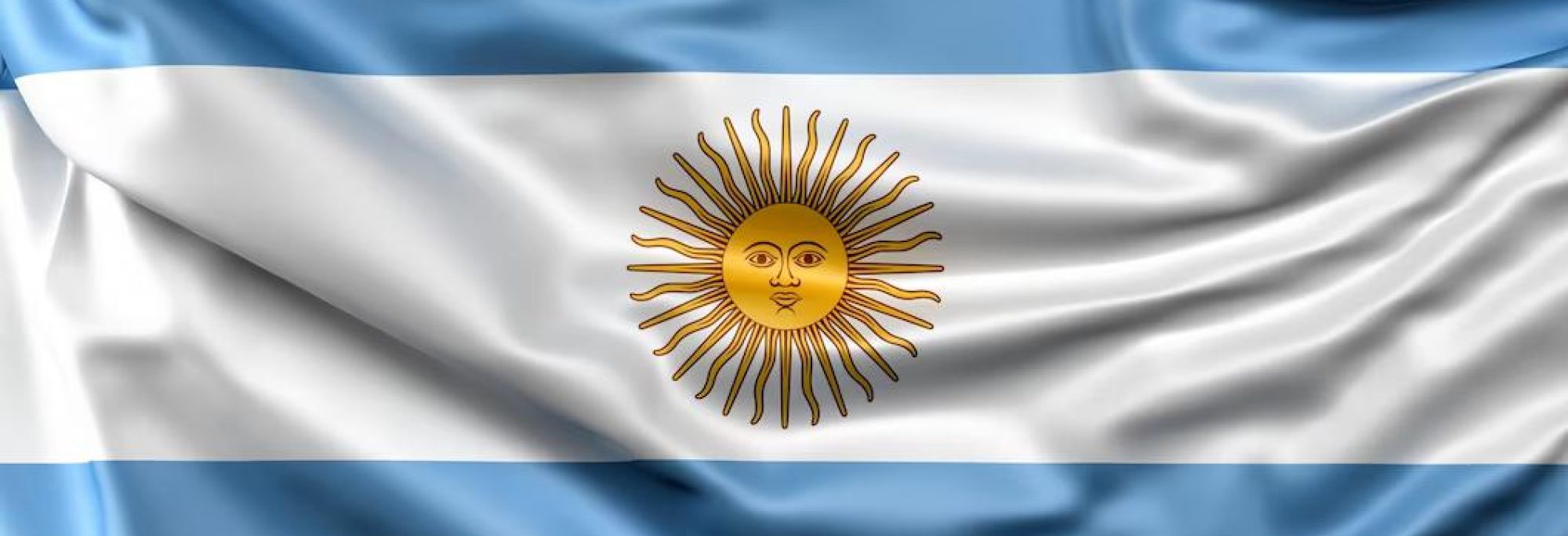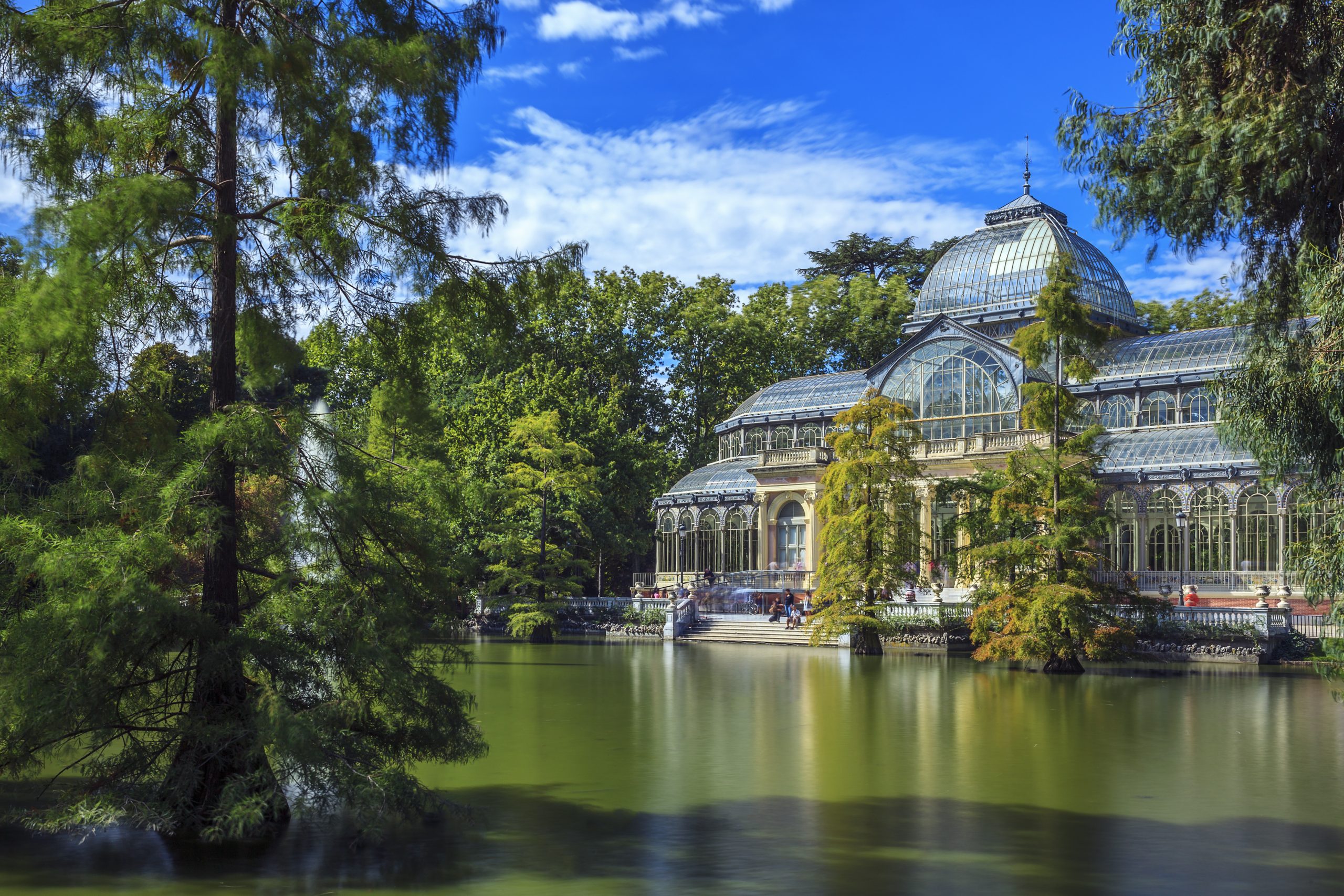Museo Evita
Museo Evita is located in the upscale neighborhood of Palermo. The building was originally a small three story hotel built by the Carabassa family in the 20th Century. In 1948 the Eva Peron Social Aid Foundation bought the building and turned it into a shelter for single mothers with children. In 1998 the building was named a National Historical Site by the Legislature of the City of Buenos Aires.
The Museum is worth the visit of any tourist or resident of Buenos Aires; although I highly recommend going on the tour. I caught up with a tour guide about half way through the
museum and the guide proved to be very knowledgeable and entertaining. The museums walls are covered in quotes from Evita and little splices of history, but to get the full story and a better understanding of each room a guide is needed. (English translations are available on small note cards in each room.)
Evita’s Life
The museum begins with a little bit of information from Evita’s childhood and adolescence. The English information sheet claimed that Maria Eva Duarte de Perόn (best known as Evita) was born to a married couple in Los Toldos, but I have read in several books that she was the illegitimate child of a wealthy business man.
At age 15 Evita moved to Buenos Aires. Again there are disagreements in the details, some say she moved to Buenos Aires with her mother; others believe she arrived with a male consort. However she arrived, she pushed her way into an acting career. The museum has her movies playing on a small television. She was in a few movies, staring in one, and she had her own radio talk show by 1944. The museum had a well preserved dress from one of her films. Some say she moved ahead in the entertainment industry by exploiting her relationships with powerful men. It is even said the she became a courtesan to officers in the new military government. Maybe that is how she met Colonel Juan Domingo Perόn; although it is said that they met at a charity event.
After showing different pictures and props from her acting career, the museum covers Evita’s life with Juan Perόn. Evita married Juan Perόn in 1945 and became actively involved in his presidential campaign. You are able to view her clothing, merchandise (the Perόn’s had everything from matches to wine bottles covered with pictures of themselves), video footage of speeches, and toys given through her charity foundations. The museum clearly lays out her days with Juan in chronological order – a separate room for how the met, the famous day of October 17th, her marriage, her life as first lady, her ‘rainbow tour’ of Europe, granting women the right to vote, the Eva Perόn Charity Foundation, her cancer and renouncement, and lastly a room with her book “A Razon De Mi Vida” on display in several languages.
The Events of October 17th
The room of October 17th doesn’t just represent one day, but the October 17ths of several years beginning with the 1943 coup d’etat which led to Juan being appointed to the head of the Labor Department. Jean Perόn did much to help the working class during his tenure as labor minister. He increased wages, improved working conditions, lowered public transportation cost, froze rents and set controls on prices for food. What really appealed to the working class was the manner in which he made these changes. Juan attended hundreds of meeting with the working class, visited their factories, spoke to them in their language, and he was known to remove his jacket and call himself a descamisados (shirtless one, as blue collar workers were called).
It was also on October 17th that workers protested the arrest of Juan. In September of 1945 the middle class protested the military junta that had taken over the government and demanded it be replaced by an elected government. A coalition of military officers forced the junta to arrest Juan Perόn who was at that time vice president of the junta and the most public figure. The Argentine workers were furious, as Juan had become their biggest sympathizer. The working class demanded the release of Juan Perόn by gathering in the streets of Buenos Aires and taking over the Plaza de Mayo. Juan was release that night and addressed his supporters from a balcony of the Casa Rosada (the Argentinean version of the White House). Juan’s speech was filmed and portions of it are played in the museum’s room of October 17th. The room shows clips from each years’ October 17th, which is mostly of crowds cheering for Juan Perόn.
Evita’s Accomplishments
One of the most amazing things Evita accomplished was giving women the right to vote. There is an entire room devoted to the Women’s Right to Vote and the Femenine Peronist Party. It even includes Evita’s voting card and the old wooden box which was used to collect people’s votes.
The next room in the museum is devoted to the Eva Perόn Foundation. Although it is controversial whether the moneys used by the foundation were rightfully theirs or stolen from the wealthy, it is undeniable that the foundation did wonders for the poor, the orphans, and the women of Argentina. On display one sees toys given to orphans, sewing machines given to women in need, and replicas of orphanages built to house the children.
There were several sewing machines located in different rooms of the museum. The sewing machines were significant because sewing was a trade taught through the Eva Peron Foundation, so women could learn to support themselves.
Evita’s Death
After seeing all of the good Evita did for her country it is hard to go into the next room and learn of her cancer and early death. In this room there is the last picture taken of Evita with Juan before her death and a film of her declining the candidacy for vice-president.
1952: It is the end of her life, at only 33 years old Eva Duarte De Peron died. Her funeral had the largest turnout in Argentinean history. It is astonishing that with so many supporters back than, it took 50 years to build a museum devoted to the famous Evita Perόn. Evita is buried in the Recoleta Cemetery in Buenos Aires, Argentina.

